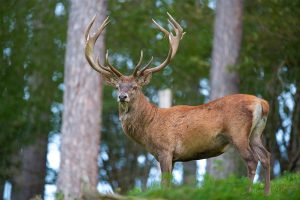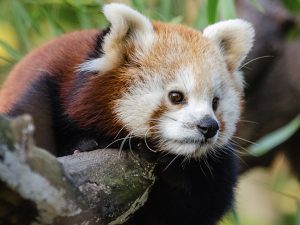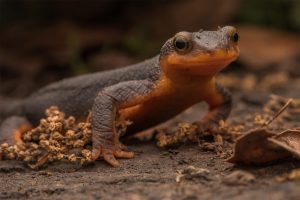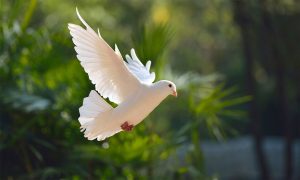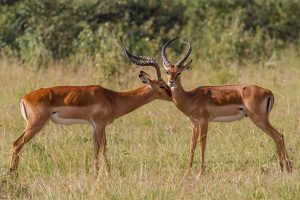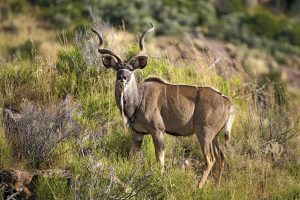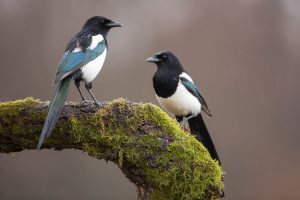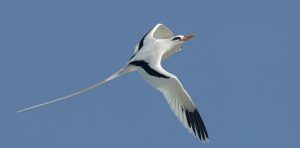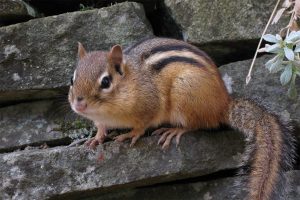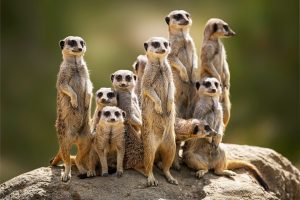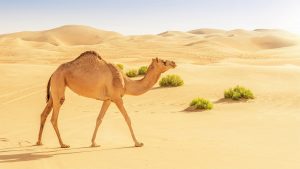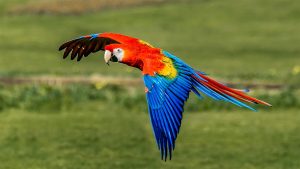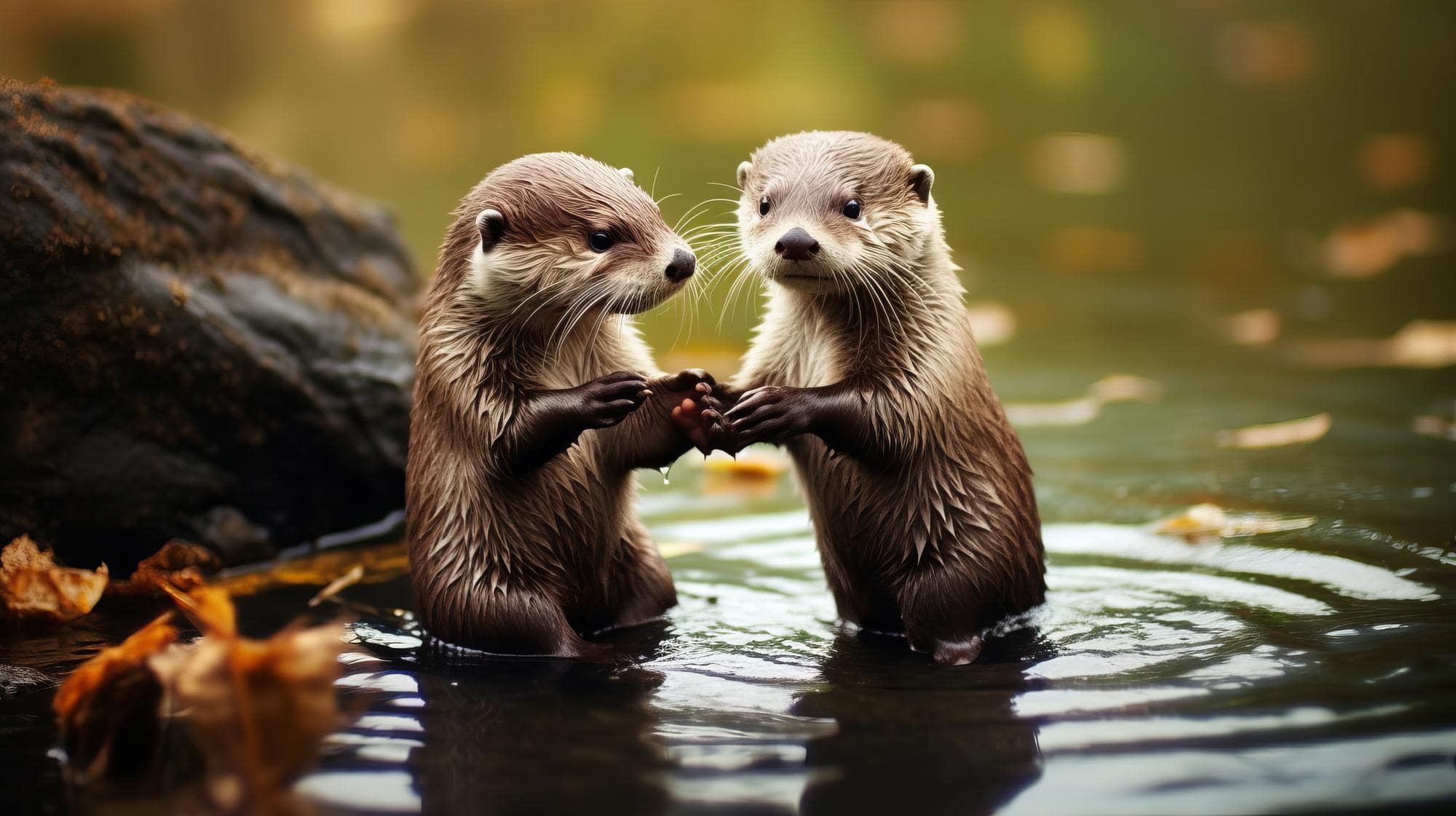
30 interesting facts about otters
- 👁️ 1216
Otters are semi-aquatic mammals found in various parts of the world, encompassing 13 distinct species. Known for their playful nature and intelligence, they are members of the Mustelidae family, which includes weasels and badgers. These social creatures are skilled swimmers and are often spotted in freshwater habitats, such as rivers, lakes, and marshes. Their diet primarily consists of fish, and their unique physical adaptations enable them to thrive in water. Otters have captured the public’s imagination, and they are considered vital for the ecosystem as apex predators in many aquatic environments.
Fascinating facts about Otters:
- Otters have webbed feet and a streamlined body, allowing them to swim efficiently.
- The sea otter is the heaviest member of the weasel family, weighing up to 45 kilograms.
- Otters possess thick fur that offers insulation, making them well-adapted to cold water.
- An otter’s fur consists of a dense undercoat and longer guard hairs, which help with buoyancy.
- They have the ability to close their nostrils and ears while underwater.
- Sea otters are known to use tools, such as rocks, to break open shellfish.
- Otters live in social groups called rafts, which can include dozens of individuals.
- Some otter species are monogamous, staying with the same partner for life.
- Otter pups are taught to swim by their mothers and are often seen riding on their mother’s stomach as she swims.
- The giant otter of South America can grow up to 1.7 meters in length.
- Otters are known to hold hands while sleeping to prevent drifting apart, a behaviour known as “rafting.”
- Their diet includes fish, molluscs, crustaceans, and amphibians.
- Some species, like the Asian small-clawed otter, have partially retractable claws.
- An otter’s tail, or rudder, is muscular and flattened, helping with steering and propulsion in the water.
- They can remain submerged for up to eight minutes.
- Otters communicate through a variety of vocalisations, including whistles, growls, and chirps.
- The Eurasian otter is the most widely distributed otter species, found across Europe, Asia, and North Africa.
- Sea otters have been observed engaging in cooperative hunting strategies.
- Otters have a high metabolic rate, requiring them to eat a significant portion of their body weight daily.
- They play an essential role in maintaining the balance of aquatic ecosystems by controlling prey populations.
- Many otter species are considered threatened or endangered due to habitat loss and pollution.
- Otters have a unique grooming routine to maintain the water-repellent quality of their fur.
- River otters are more social than sea otters, which tend to be more solitary.
- Otters have an acute sense of smell and hearing, aiding them in navigation and hunting.
- In Native American mythology, otters are often seen as mischievous and intelligent creatures.
- The African clawless otter is the largest otter species in Africa, characterised by its partly webbed feet.
- Otters can run at speeds up to 15 miles per hour (24 km/h) on land.
- Sea otters have loose skin and a pouch under their arm to store prey and their favourite rocks.
- They are considered a keystone species, meaning their presence significantly impacts the ecosystem.
- An otter’s whiskers, known as vibrissae, are highly sensitive and help detect prey in murky waters.
Otters’ unique blend of physical adaptations and intelligent behaviours has solidified their position as one of nature’s most intriguing mammals. Their presence in various aquatic habitats signifies healthy ecosystems, and their playful antics continue to charm people worldwide. However, threats to their survival underscore the need for conservation efforts. Their enduring appeal and ecological importance make otters not only fascinating to study but vital to preserve.
